Illustration by: Lusiné Sahakyan
Armenian society is still grappling with the devastating impact of last year’s Second Nagorno-Karabakh War. The conflict cost over 4,000 Armenian lives and plunged the country into a prolonged political crisis. Meanwhile, thousands of children continue to live with the effects of the war and are in danger of becoming a lost generation if more is not done to aid their rehabilitation.
As a result of the 2020 conflict with Azerbaijan, approximately 35,000 people were forced to leave their homes in the disputed Nagorno-Karabakh region and flee to Armenia. This displaced population consists mostly of women, children, and the elderly.
Support for those displaced by the conflict has come from the Armenian authorities, civil society, and a range of international organizations. The Armenian government has developed a number of social assistance programs aimed at meeting the needs of displaced families including proving food and personal hygiene items along with financial assistance.
However, the psychological scars of the conflict require a different kind of support and are most immediately apparent among the thousands of Armenian kids who have lost their homes and the childhoods.
The realities of the conflict transformed the lives of children living in close to the fighting. Many experienced personal loss, family breakdown, shortages of food and other basic supplies, and the emotional upheaval of leaving their familiar surroundings and losing many of their personal possessions. This forced them to grow up almost overnight, with potentially devastating for their overall development. This could create major problems for the current generation of Armenian children once they reach adulthood.
Working with displaced families in Yerevan since the conflict, I regularly encounter children like Artak, who struggles to understand the profound changes taking place in his daily life and remains trapped in a destructive context of conflict and war. His games revolve around military themes and his memories are dominated by the idea of soldiers coming to his home.
Thanks to the ubiquity of media in today’s world, Artak has seen video footage of Azerbaijani soldiers demolishing his family home. It is reasonable to assume that these haunting images will live with him for the rest of his life.
Artak comes from a large family. His 80-year-old grandfather cannot grow accustomed to his new life in Yerevan and dreams of returning home to Nagorno-Karabakh. On one occasion, he even set off to walk back to the family home, but was found by his relatives. Meanwhile, Artak’s father was seriously wounded during the conflict. This is Artak’s reality. He lives in what remains for him a foreign environment, and is surrounded by talk of war and displacement. The toll on his mental health can only be imagined.
Psychological support for Armenian children like Artak who are suffering from war trauma is currently limited. Many are not even enrolled in schools and struggle to access basic healthcare due to their uncertain legal status. With parents who are themselves often deeply traumatized or clinging to dreams about returning to their former homes, the children of the conflict risk becoming a forgotten generation.
The international community needs to take urgent action to provide the care and support these children so desperately need. While there have been some welcome efforts by international aid organizations, must more must be done. Thousands of Armenian children continue to suffer as a result of last year’s conflict. Their plight will worsen further unless they receive comprehensive care.
Tatevik Khachatryan is a social worker with the Armenian Progressive Youth organization.
The article was edited by Peter Dickinson (Editor of Ukraine Alert at Atlantic Council).
The article was prepared in the framework of the fellowship program “Strengthening democrats in Central Asia and the South Caucasus” organized by Eurasia Center, The Atlantic Council.

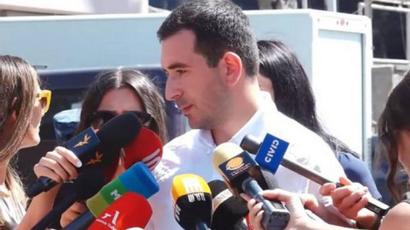
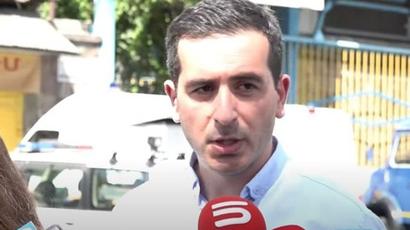
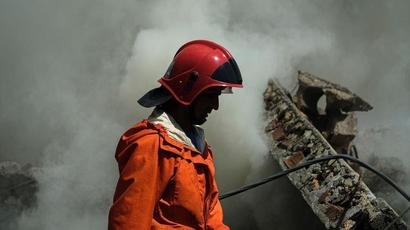
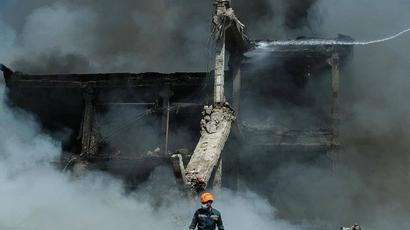
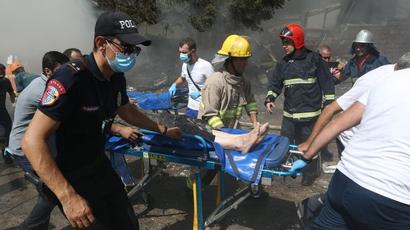


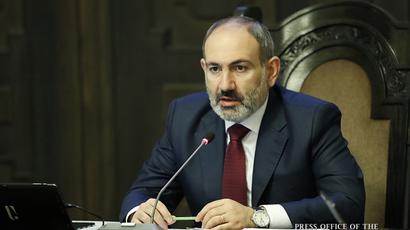
comment.count (0)